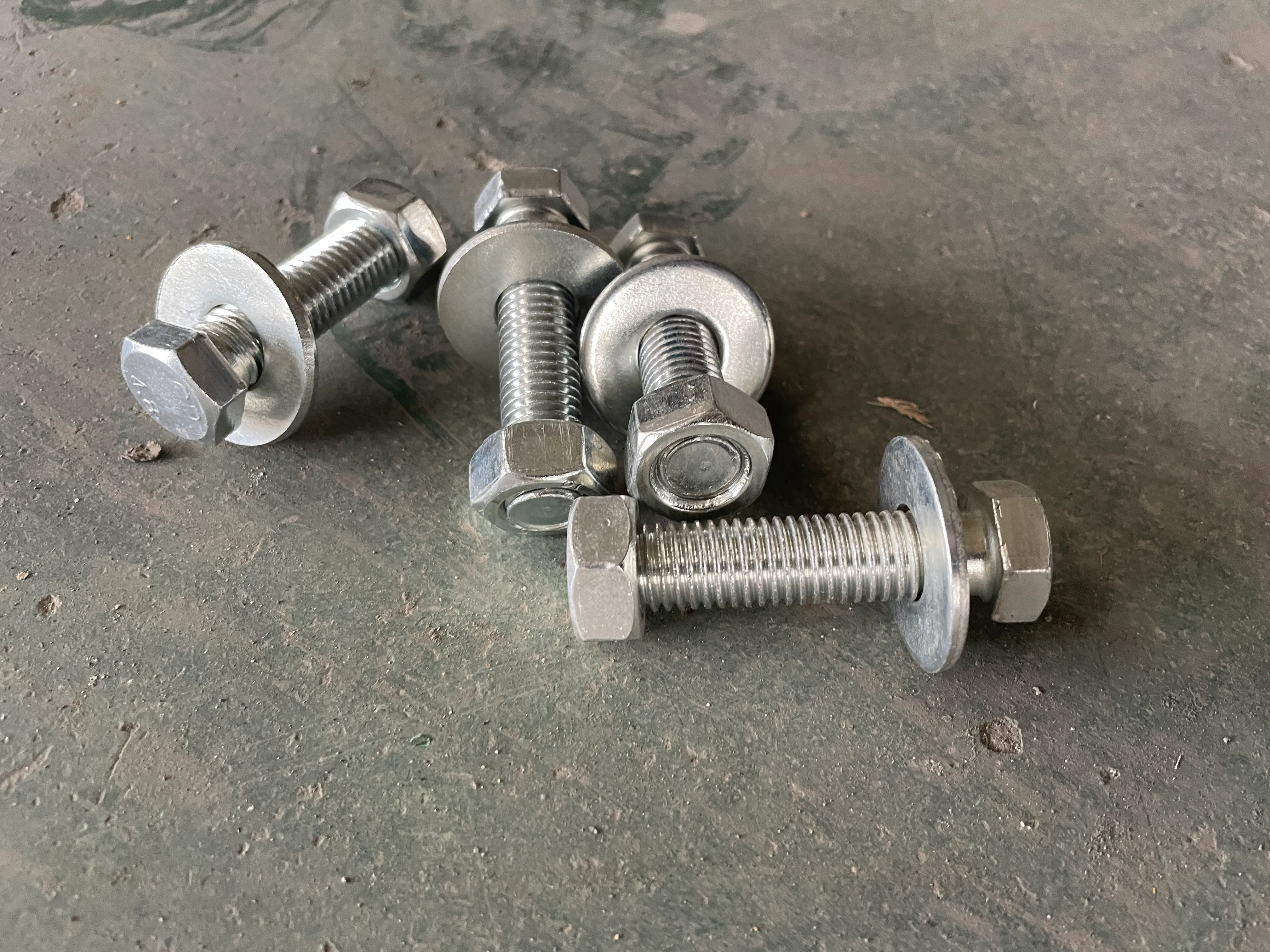loading...
- No. 9, Xingyuan South Street, Dongwaihuan Road, Zaoqiang County, Hengshui, Hebei, China
- admin@zjcomposites.com
- +86 15097380338
- Welcome to visit our website!
Durable and Lightweight FRP Decking Solutions for Modern Outdoor Spaces
Exploring the Benefits of FRP Decking
Fiber Reinforced Polymer (FRP) decking has emerged as a transformative material in the construction and infrastructure sectors. As technology continues to evolve, the demand for lightweight, durable, and environmentally friendly materials has never been higher. FRP decking is leading the charge in meeting these demands, offering a range of benefits that traditional materials cannot match.
What is FRP Decking?
FRP decking consists of composite materials that combine a polymer plastic matrix with reinforcing fibers, usually glass, carbon, or aramid. This unique combination results in a lightweight yet strong product that can withstand harsh environmental conditions. Unlike traditional materials such as wood or concrete, FRP decking does not corrode, rot, or require extensive maintenance, making it an attractive option for various applications.
Durability and Longevity
One of the most significant advantages of FRP decking is its extraordinary durability. The composite materials used in FRP are resistant to UV radiation, chemicals, and moisture, which makes them ideal for outdoor applications. This durability translates to a longer lifespan, often exceeding that of traditional materials. In environments subject to extreme weather, FRP maintains its structural integrity and aesthetic appeal over time, ultimately reducing long-term replacement costs.
Lightweight and Easy to Install
FRP decking is significantly lighter than its steel or concrete counterparts. This lightweight characteristic simplifies transportation and handling, which can lead to reduced labor costs and faster installation times. The ease of installation makes it an ideal choice for projects requiring quick turnaround times or locations that are difficult to access. Additionally, the non-slip surface of FRP decking provides enhanced safety for users, especially in wet or icy conditions.
frp decking

Environmental Considerations
In today’s world, sustainability is a growing concern for consumers and builders alike. FRP decking can be manufactured using recycled materials, which minimizes the environmental impact associated with raw material extraction and processing. Moreover, because FRP is resistant to pests and does not leach harmful chemicals into the environment, it is considered a more eco-friendly option compared to traditional wood decking or treated materials.
Versatility in Design
FRP decking offers versatility in design, accommodating a wide range of architectural styles and applications. It can be used in bridges, walkways, boardwalks, marine structures, and more. Available in various colors and textures, FRP can be customized to meet specific aesthetic preferences, allowing for creative expression in construction projects. Additionally, its ability to be molded into different shapes opens up possibilities for innovative design that might be challenging with traditional materials.
Cost-Effectiveness
While the initial investment in FRP decking may be higher than traditional materials, the long-term savings make it a cost-effective solution. Its reduced maintenance requirements, combined with its longevity, mean fewer expenditures over time. Furthermore, the efficient installation process can lower labor costs, making it an economically sound choice for builders and developers.
Conclusion
As the construction industry moves toward more sustainable and durable solutions, FRP decking stands out as a superior choice. With its blend of strength, low maintenance, environmental benefits, and versatility, it provides a reliable option for modern building projects. For anyone involved in the construction sector, understanding the advantages of FRP decking could lead to innovations in design and efficiency, ultimately enhancing infrastructure while minimizing environmental impact. As we continue to explore new materials, FRP decking remains at the forefront of the conversation, promising a brighter future for construction industries worldwide.
-
The Expansive Industrial Reign of FRP Pressure VesselsNewsAug.22,2025
-
Manufacturing Premium FRP Square Pipes for Global Wholesale ExcellenceNewsAug.22,2025
-
Strategic Applications for FRP Grating SolutionsNewsAug.22,2025
-
Material Science Forging GRP Water Tank LongevityNewsAug.22,2025
-
The Engineered Excellence: Material Science Behind FRP Railing SystemsNewsAug.22,2025
-
How Digital Pultrusion Revolutionizes FRP Profile WholesalingNewsAug.22,2025
-
The Rise of FRP Profiles: Strong, Lightweight, and Built to LastNewsJul.14,2025
